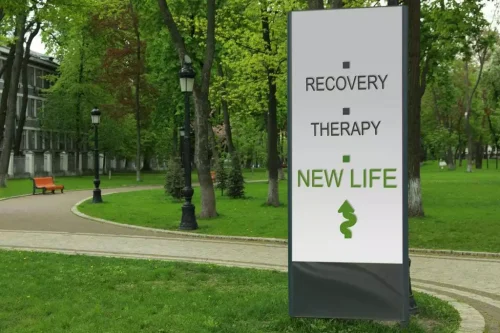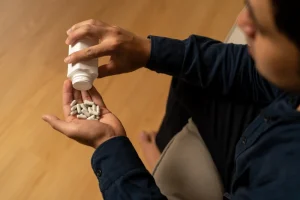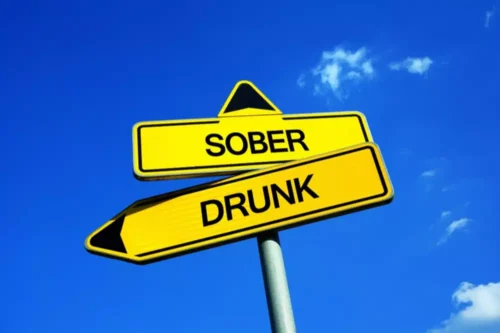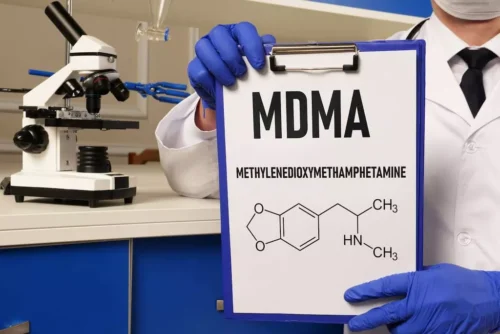Benzo withdrawal: Timeline and symptoms
Dependence on alcohol or other sedatives may increase the risk of benzodiazepine dependence, but it has proved difficult to demonstrate unequivocally differences in the relative abuse potential of individual benzodiazepines. Anecdotally, many patients afflicted with protracted withdrawal from benzodiazepines post-cessation disclose that when they report to their medical provider complaining of the symptoms and the duration they are met with disbelief. Improvement from the withdrawal syndromes usually occur gradually, sometimes as people taper, or slowly over the months and years after their benzodiazepine cessation. More lower symptom or symptom–free days start to occur and symptoms reduce in severity and number for most people.

Psychological Factors
Tapering off the medication gradually under a doctor’s guidance is generally the safest approach. Other therapies, including counseling and cognitive behavioral therapy (CBT), may be helpful for people looking to manage symptoms without relying on other drugs. Research indicates that physical dependence may begin in just a few weeks, even while taking the drugs in low therapeutic doses. People looking to get off benzos should do so under the guidance of a healthcare professional, who may recommend coping strategies and other tools to make the withdrawal process more comfortable. These drugs are habit-forming and can easily result in physical dependence.
Symptoms of benzodiazepine withdrawal

In opioid or benzodiazepine addiction, chronic stimulation of specific receptors for these drugs suppresses endogenous production of neurotransmitters, endorphins or GABA. Removal of the exogenous drug allows unopposed counter-regulatory effects. When the exogenous drug is removed, inadequate production of endogenous transmitters and unopposed stimulation by counter-regulatory transmitters results in withdrawal symptoms. The time it takes to restore homeostasis by the synthesis of endogenous transmitters determines the onset of withdrawal symptoms. Entering a medical detox program is often the initial step in managing benzodiazepine withdrawal.
Management of mild alcohol withdrawal (AWS score 1-
In fact, if you take your medication every other day, you may notice rebound symptoms on the day between doses. If you take an intermediate-acting benzodiazepine, like alprazolam, or a long-acting benzodiazepine, like diazepam, it may take longer for withdrawal symptoms to appear. If you want to stop taking benzodiazepines after consistent long-term use, your doctor can help you gradually taper off your medication. Tapering can help take the edge off withdrawal symptoms like tremors and nausea, though it may not prevent withdrawal symptoms entirely.

Difficult tapers

Patients who are opioid dependent and consent to commence methadone maintenance treatment do not require WM; they can be commenced on methadone immediately (see opioid withdrawal protocol for more information). People who are not dependent on drugs will not experience withdrawal and hence do not need WM. Refer to the patient's assessment to determine if he or she is dependent and requires WM. From 1996 to 2013, the number of people filling benzodiazepine prescriptions increased by 67%.
- To avoid the risk of overdose in the first days of treatment methadone can be given in divided doses, for example, give 30mg in two doses of 15mg morning and evening.
- Your doctor can help you weigh the potential risks and benefits of benzodiazepine use and your pregnancy.
- Withdrawal symptoms vary according to the drug of dependence and severity of dependence, but often include nausea, vomiting, diarrhoea, anxiety and insomnia.
- Holistic and lifestyle approaches encompass various techniques that support overall well-being during benzodiazepine withdrawal.
Acute withdrawal
In addition, 76.2 percent of respondents had not been informed that benzodiazepines are approved for short-term use only and that discontinuation might be difficult. Some people, such as those with a history of complicated withdrawal, seizures, or severe mental illness, may be better suited for an inpatient setting. This can involve living at a detox facility or hospital for several weeks, where you can receive constant medical monitoring and psychological support.
Medical experts continue to debate the best way to taper these medications, so there’s no single agreed-upon approach. After a month or so, your brain gets used to sending severe benzodiazepine withdrawal syndrome off more neurotransmitters just so some can get past the benzodiazepine blockade. When benzodiazepines attach to your neurons, they invite a bunch of chloride ions inside.
- Although differentiating withdrawal reactions from recrudescent psychiatric symptoms after drug withdrawal is always difficult, a number of factors favored the former interpretation of the newly-appearing symptoms and signs.
- Benzodiazepine withdrawal can be managed with a gradual dose reduction, which will cause milder symptoms that come and go in waves.
- For a more comprehensive list that was compiled from existing lists and contributions from people experiencing benzodiazepine withdrawal themselves, click here.
- But if you remove the drug all at once, your brain doesn’t have enough time to prepare, and you can develop life-threatening symptoms like seizures.
- When tapering off benzodiazepines, you’ll always want to work with a trained healthcare professional who can monitor you for side effects and adjust your pace accordingly.
Tapering Method



